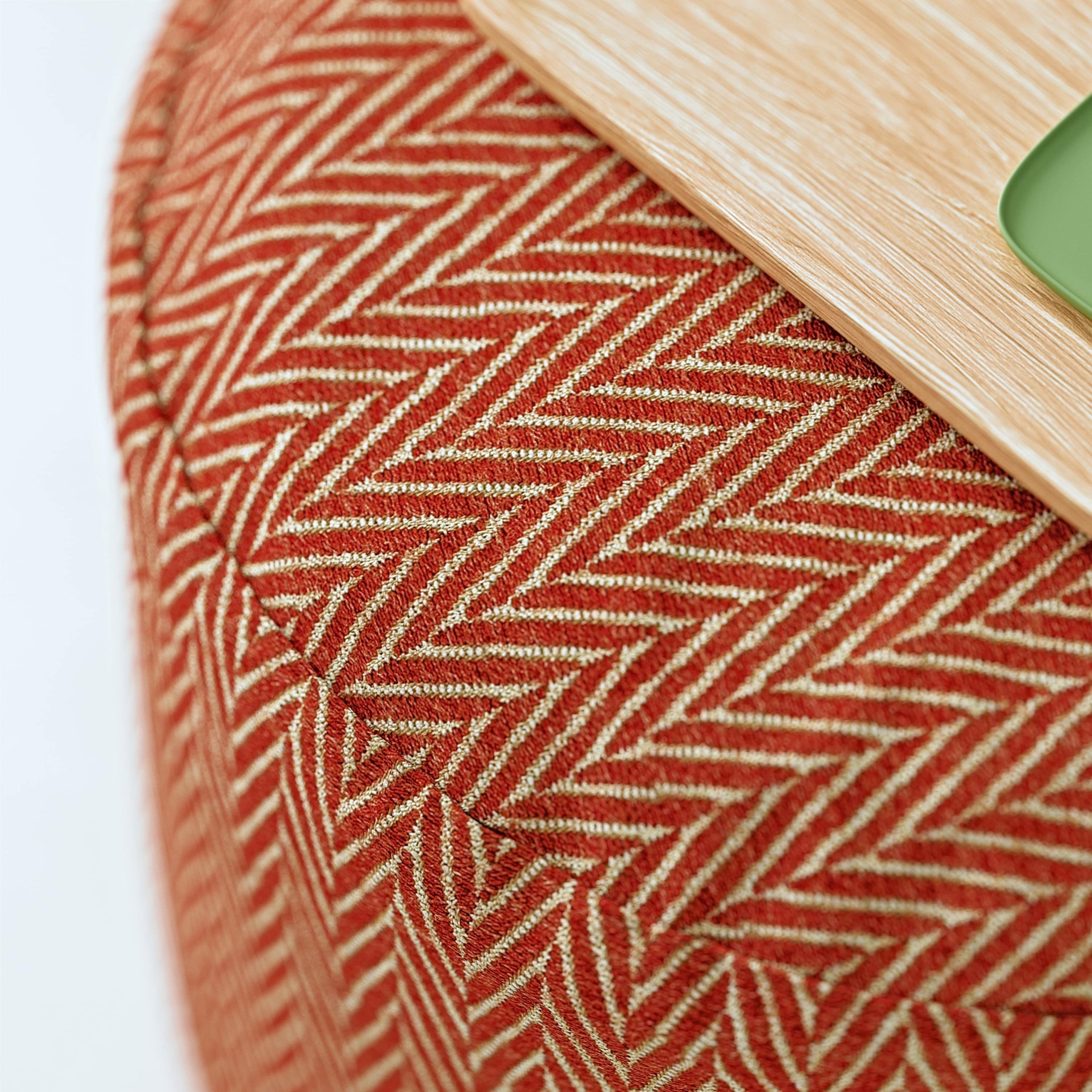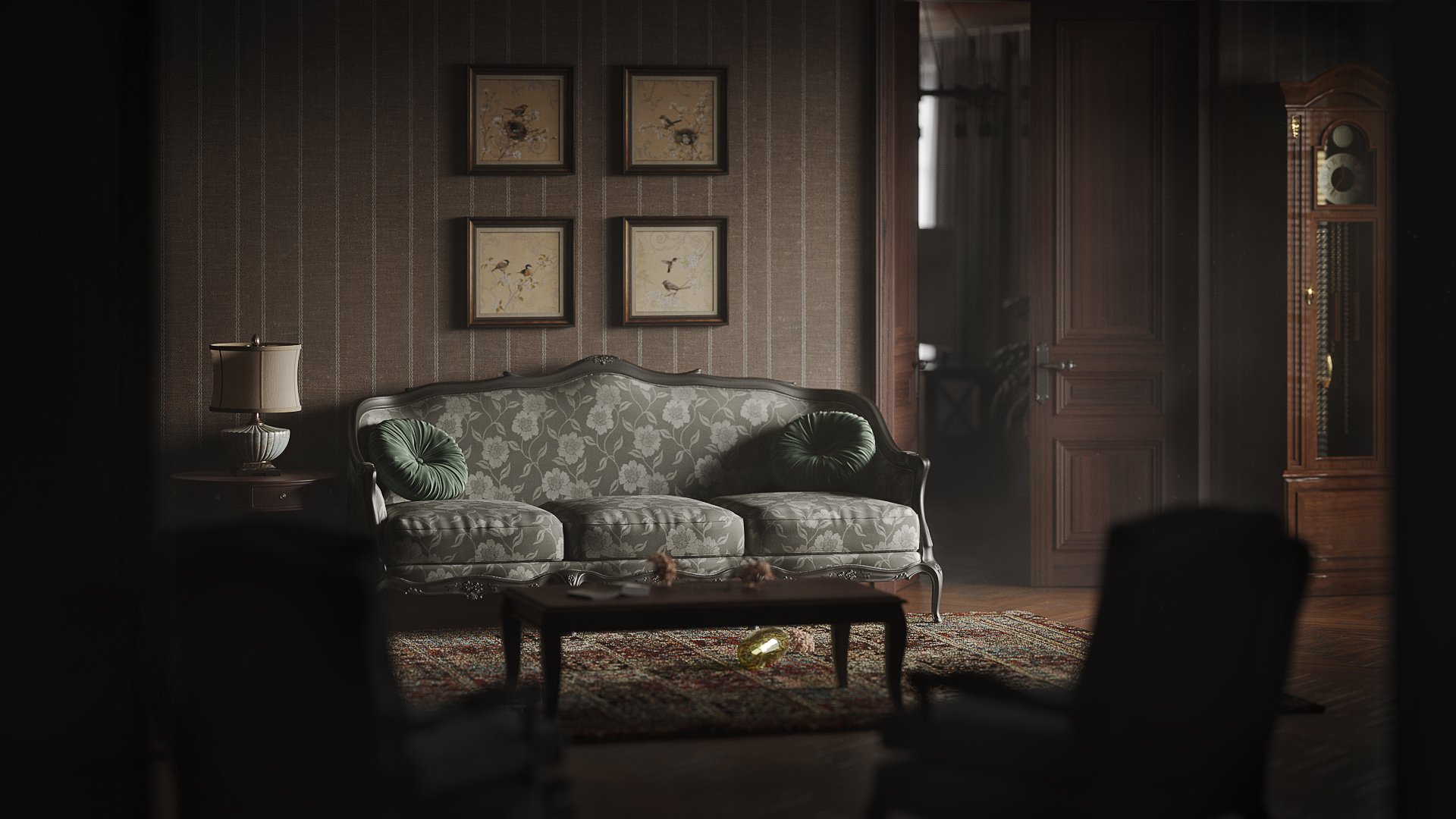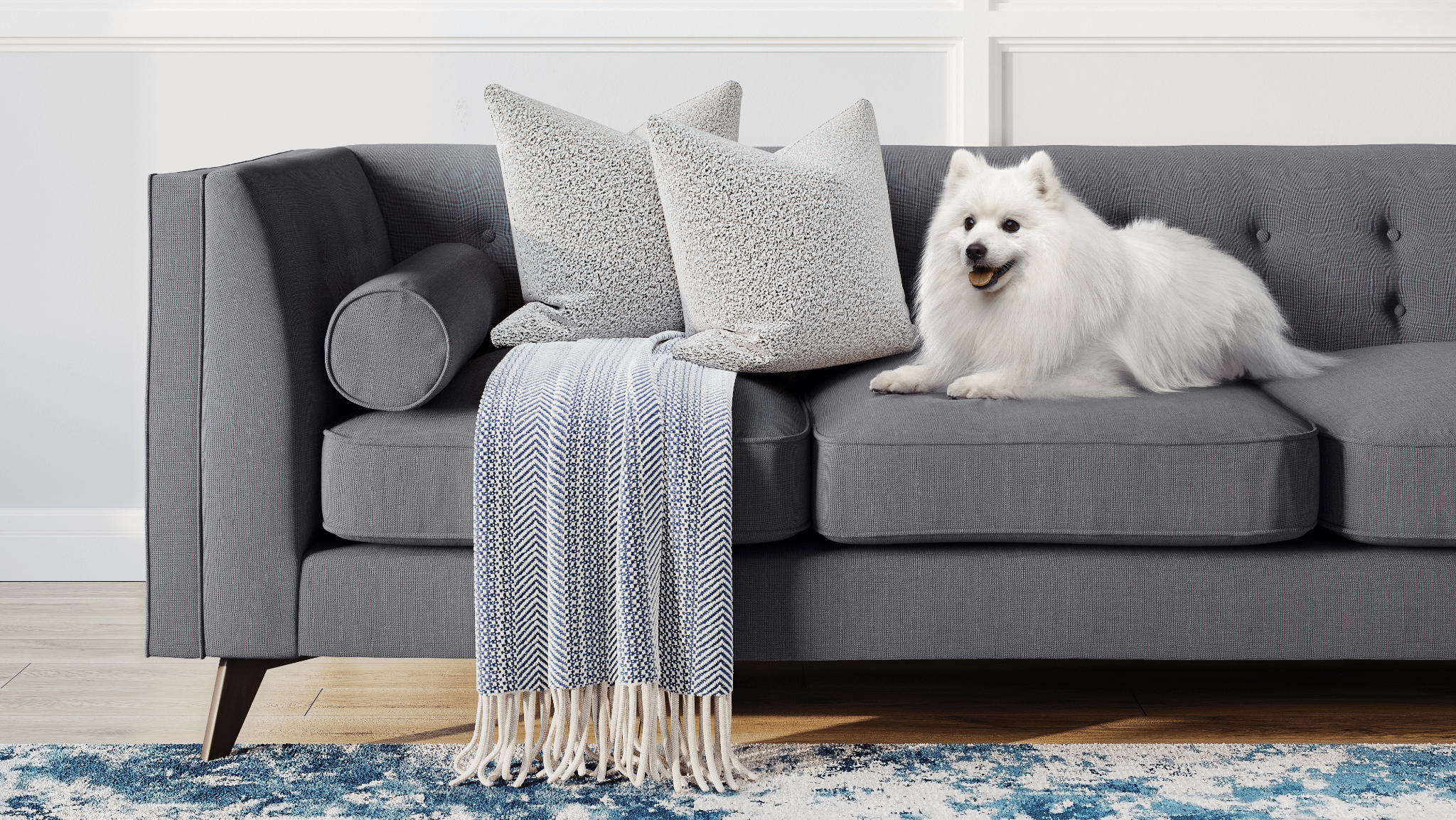In today’s digital world, realistic 3D product modeling is an indispensable tool for various industries. In the furniture business, 3D modeling comes handy at all the stages of the creative process. This includes prototyping, product design, client presentation, and finally marketing. The ability to create realistic 3D models has revolutionized the way we conceptualize and bring products to life. But what exactly makes these models so life-like?
Our 3D rendering company provides furniture manufacturers and marketers with top-notch 3D models. We have quite an experience, and we are ready to share it. So, want to know what key factors contribute to the photorealism of 3D product modeling? Let’s dive in together!
#1. Photorealistic Texturing and Materials

One of the key elements in creating realistic 3D product modeling is using high-quality textures and materials. 3D artists study the properties of the objects, their surfaces, and their interactions. After that, they can recreate them in digital form. Specialists use advanced texture mapping techniques and high-resolution rendering. This way, they make sure that every detail is accurate. Reflections, glossiness, smoothness, or roughness – they all are vital. Realistic materials, such as metal, plastic, or fabric, further enhance the authenticity.
#2. Lighting and Shadows

Lighting plays a significant role in realistic 3D product modeling. Artists simulate various lighting conditions, from strong natural sunlight to studio lighting. This helps them to create realistic reflections, highlights, and shadows. Lighting is vital to give depth and dimension to the model and make it more believable. Furthermore, the interaction between light and different materials will vary. Taking it into account allows for portraying the object’s interaction with its environment.
#3. Attention to Detail

Realistic product modeling requires a keen eye for detail. 3D artists approach with care every aspect of product modeling. They focus on replicating fine details. They might include surface imperfections, and even wear and tear or dirt. This adds depth and character to the model. The ability to capture even the smallest nuances sets apart a realistic 3D product model.
#4. Realistic Animations and Interactions
When we move from static modeling to product animation, realistic interactions become vital. 3D artists should be careful to incorporate accurate physics simulations and motion-capture techniques. This way, animations can mimic real-world movements and behaviors. This adds a sense of realism. Potential customers can see the product in action. For example, they might be able to rotate the product or see how it’s assembled. This way, the experience becomes more immersive and engaging.
#5. Iterative Refinement

Realistic 3D product modeling often involves an iterative refinement process. Artists review and improve the model based on feedback and reference materials. The iterative approach ensures that the final model meets the desired level of authenticity. This way, an artist makes sure the result aligns with the client’s vision.
Realistic 3D product modeling transforms the way we visualize and present products. It’s true for various industries. Furniture manufacturing and marketing are no exceptions. The principles we discussed allow 3D artists to create stunning product models. They are indistinguishable from their physical counterparts. The ability to showcase products in a life-like manner enhances marketing and design.
Looking for 3D modeling services to boost your design, manufacturing, and marketing efforts? Contact us at CGIFurniture to get top-notch 3D imagery at a reasonable price!


Leave a Reply
Want to join the discussion?Feel free to contribute!